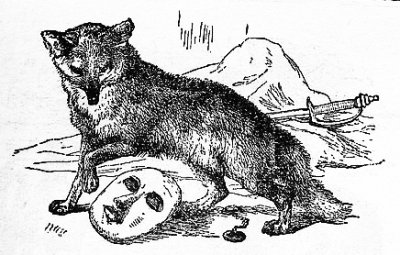Testing for Simple Sugar
Aim
To test a sample of food to determine whether it contains simple sugars.
Equipment
-Bunsen Burner
-Test Tube
-Test Tube Tongs
-Benedict's Solution
-A sample of food
-Safety glasses
Method
-Place about 2 ml of the sample into a test tube and then add 5 drops of Benedict Solution.
-Heat with a Bunsen Burner until it changes colour. Do not boil.
Results
A positive test for simple sugar results in the Benedict Solution changing from green colour to an orange colour.
Conclusion
Orange reacted to benedict solution, therefore, it is simple sugar.
Testing Complex Sugar
Aim
To test if a sample of food contains complex sugars.
Equipment
-Test Tube
-Food Sample
-Iodine Solution
-Bunsen Burner
-Test Tube Tongs
Method
-Place about 2 ml of the sample in a test tube.
-Add 3-5 drops of iodine and mix.
Results
If complex sugar is present the iodine solution will change from a brown colour to a blue-black colour.
Conclusion
Bread reacted with the iodine solution so that means it is complex sugar.
Testing for Protein
Aim
To test if a sample of food contains protein.
Equipment
-Test tube
-Sodium hydroxide (NaOH)
-Copper sulfate (CuSO)
-Food sample
Method
-Place about 2 mL of the sample into a test tube and add 5 drops of sodium hydroxide.
-Add 5 drops of copper sulfate.
-Shake the test tube gently from side to side.
Results
If the solution remains blue, then no protein is present. If the solution changes to a violet colour then protein is present in the sample.
Conclusion
The egg reacted to the solution, therefore, it has protein in it.
Testing for Lipids
Aim
To test if a sample of food contains lipids.
Equipment
-Absorbent paper
-Food sample
Results
If it becomes translucent (almost see-through) and does not dry out then fat was present in the sample.
Conclusion
The cheeseburger was squashed in between the absorbent paper that means there are lipids in it.







